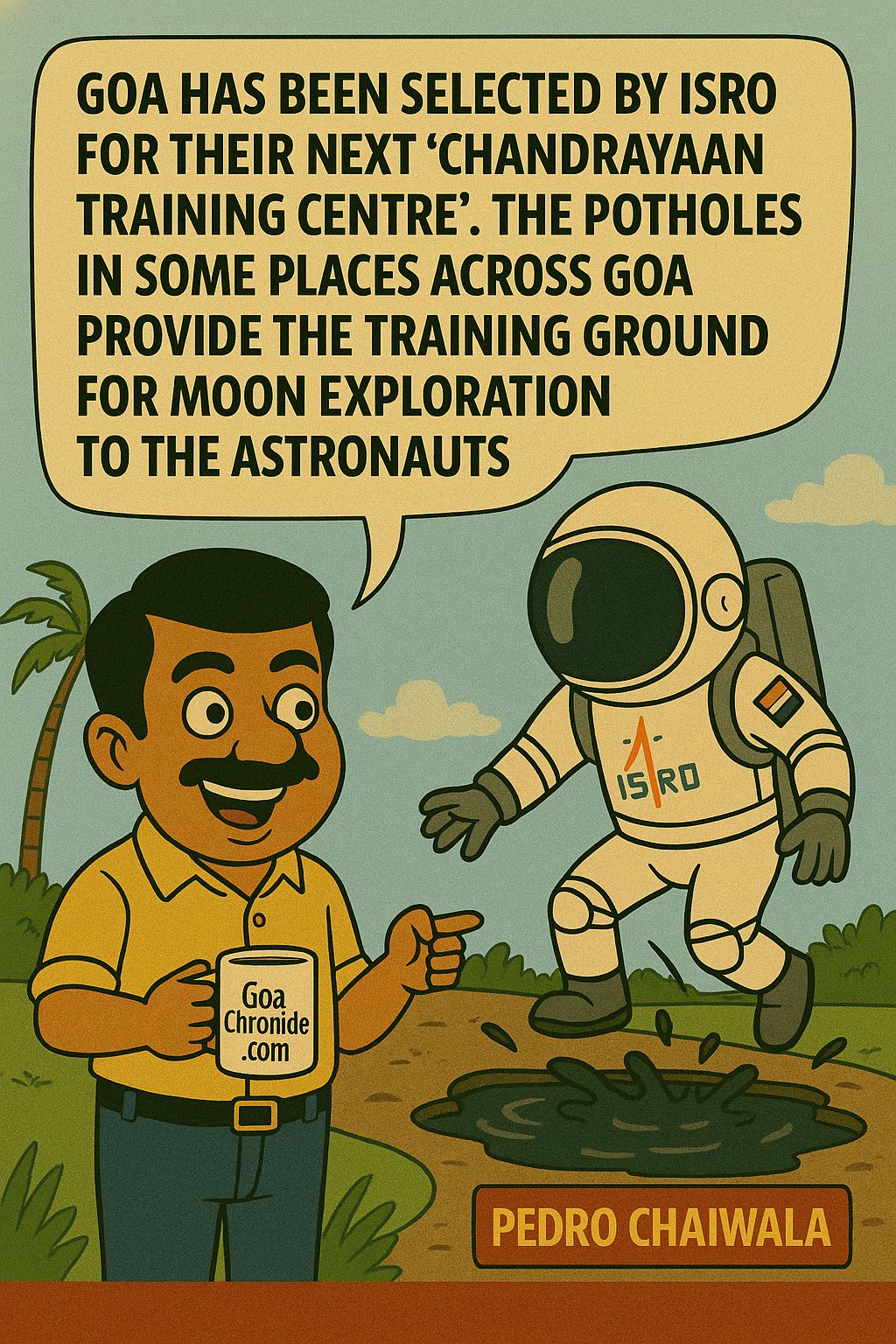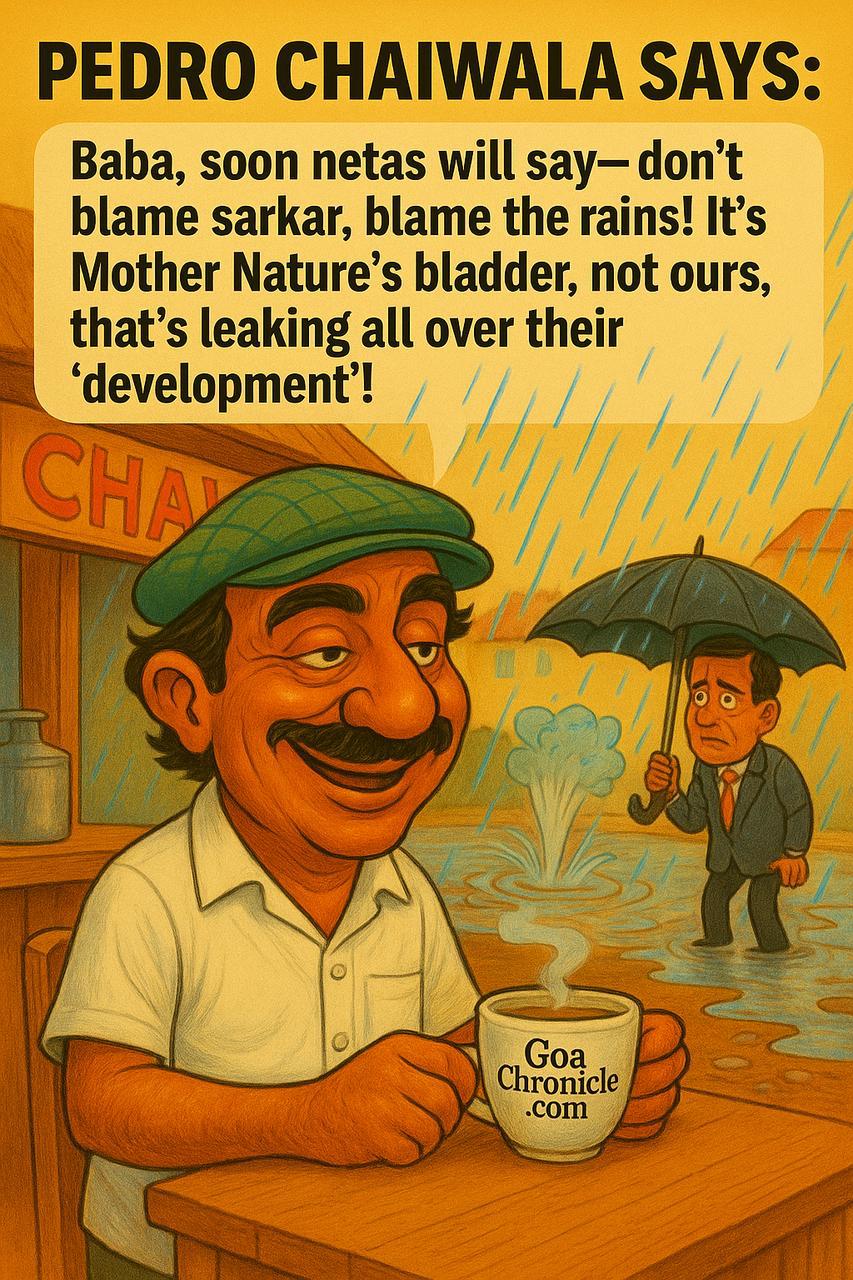Chennai: The imageries from ISRO’s Ocean Color Monotor-3 (OCM-3) satellite has
unveiled global patterns in vegetation dynamics in space.
In an update, ISRO said satellites are indispensable in capturing global-scale vegetation patterns, enabling scientists to assess how vegetation growth shifts in response to climate dynamics, environmental changes, and human activities.
Instruments such as NASA’s MODIS on Terra and the ISROs EOS-06 OCM-3 payload measure energy across visible and near-infrared regions to derive the Normalized Difference Vegetation Index (NDVI).
This index is a crucial tool for understanding how photosynthesis contributes to sequestering carbon dioxide from the atmosphere into biomass and soils, forming a key component of studies on the carbon cycle.
Vegetation maps generated from these satellite observations depict a scale of “greenness” that reflects the vegetation density, type, and overall health. Regions with dense, vigorous growth are rendered in dark green, while areas with sparse vegetation appear in lighter, tan hues, with gray representing zones lacking sufficient data.
This colour-coded representation illustrates the year-round lushness near the equator—where conditions such as temperature, rainfall, and sunlight are optimal—and highlights seasonal fluctuations in vegetation as one moves toward the poles.
Advanced processing techniques have further enhanced the value of these remote sensing observations.
For example, the EOS-06 OCM-3 system operates in Global Area Coverage mode, gathering data at regular cycles and leveraging GPU parallel processing to manage the immense data volume.
By extracting specific spectral bands from Level-1C radiance products, stacking the pixel data, and applying the Maximum Value Composite method, high-resolution NDVI mosaics are generated efficiently, it said.
These products have been validated against established MODIS composites, ensuring that temporal variations and spatial patterns in vegetation are reliably captured.
Integrating these sophisticated NDVI products into visualization portals supports various applications—from academic research to practical resource management. Farmers and forest managers use detailed vegetation maps to monitor the health of croplands and forests.
At the same time, environmental scientists rely on them to analyze broader ecological trends and carbon cycling dynamics. This synergy of advanced satellite technology, high-speed data processing, and detailed mapping deepens our understanding of Earth’s ecosystems.
It facilitates more informed decisions in managing natural resources and mitigating climate change impacts.
































